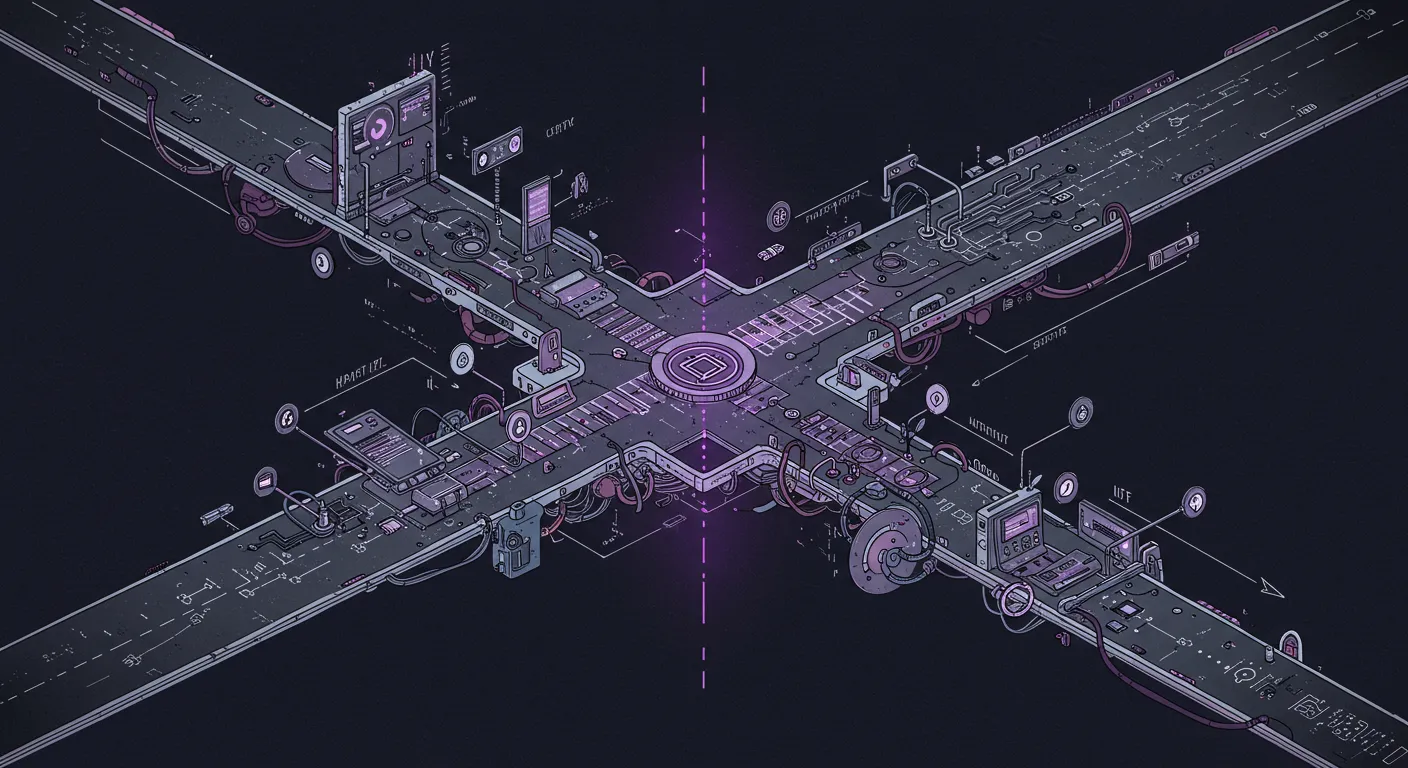The open-source 3D modeling software Blender is betting big on Vulkan, a low-level graphics API that could revolutionize how the program handles rendering and user interactions. While the transition has generated significant buzz, online commentators are quick to parse the nuanced reality behind the performance claims.
The most dramatic promise is a dramatic reduction in startup time - from nearly two minutes to just six seconds. However, many users are skeptical, noting that their current Blender experiences are already quite fast. Some speculate the performance gain might be specific to complex scenes with thousands of objects and high-resolution textures, rather than a universal improvement.
Corporate backing adds credibility to the transition, with AMD donating $120,000 annually to support the Vulkan integration. This suggests the change isn't just a theoretical upgrade, but a strategic move supported by major industry players. The low-level nature of Vulkan could potentially provide up to 18x performance improvements in certain rendering tasks.
Yet, the transition isn't without challenges. Developers and online commentators point out that Vulkan is significantly more complex than OpenGL, potentially making it harder for developers to implement and extend. The API requires more manual management of graphics resources, which could complicate plugin development and rapid prototyping.
The broader context reveals a tech ecosystem wrestling with graphics API evolution. While Vulkan promises performance gains, it exists in a somewhat awkward space - not as universally adopted as OpenGL, and potentially slower than platform-specific APIs like DirectX 12 or Metal. For Blender, the key will be delivering tangible improvements without alienating its diverse user base.


